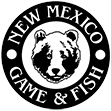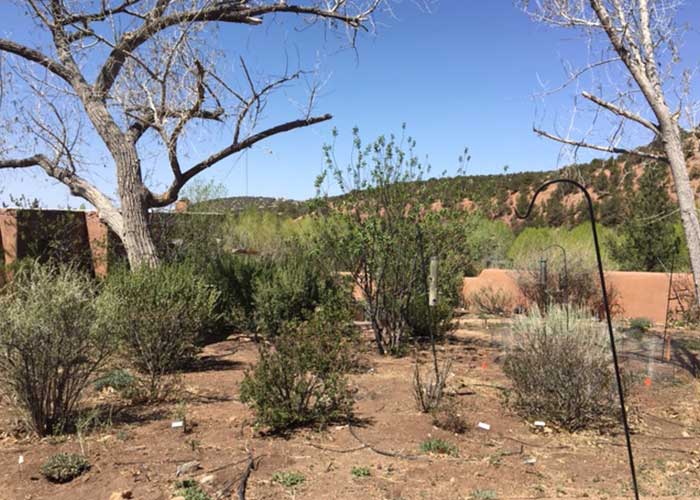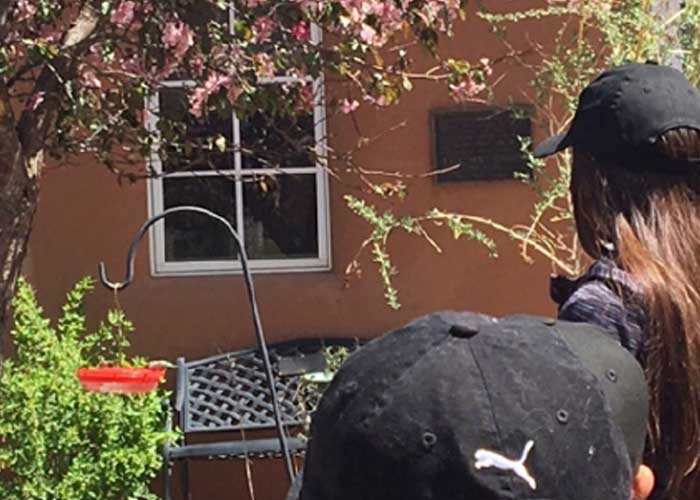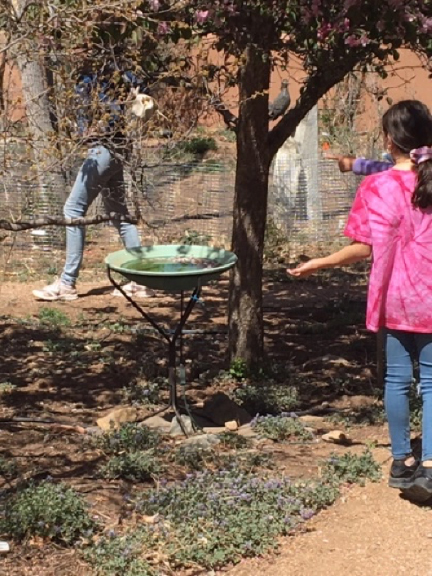Following is a selected project highlight from the Share with Wildlife mission to assist all New Mexico wildlife in need, no matter what species.
Exploring Piñon-Juniper Woodlands with Students
What are the key elements of an animal’s “habitat” and how can you make your own backyard more appealing to wildlife? What is an ideal habitat for different animals that live in New Mexico?
In spring 2022, Audubon Southwest used Share with Wildlife funds to implement environmental education programs, that address these questions and more, with 3rd and 4th grade students in Santa Fe Public Schools. Audubon Southwest transitioned from needing to do virtual programming in 2021 back to delivering their multi-lesson Outdoor Field Science curriculum both in person at schools and over the course of two field trips to the Randall Davey Audubon Center (RDAC) and associated wildlife sanctuary in northern Santa Fe. This science curriculum focuses on New Mexico wildlife; their habitats, biology, and conservation; and scientific observation with an emphasis on piñon-juniper habitats and the birds that live in them, such as the pinyon jay.
Audubon Southwest gives students an opportunity to explore and make observations of wildlife habitat elements both in the pollinator-friendly garden at the educational facility at RDAC and along a hiking trail that leads from the facility through both piñon-juniper woodland and ponderosa pine forest. Students may observe many birds feeding in the garden and make note of all wildlife sign as they hike through the wildlife sanctuary. They learn about fundamental ecological and biological concepts including food webs, habitats, and animal anatomy and adaptations. They have an opportunity to learn how to look for birds and observe their behavior using binoculars. They also get to see the different ways in which human-dominated and natural environments can provide key resources needed by all animals.
During the habitat-focused field trip, students learn about the concept of a habitat, mark habitat elements in the pollinator-friendly garden for a species of their choosing, and draw a “dream” habitat for that same species. Students share out their drawings and consider what could be done to improve the habitat in their backyard for wildlife. During the adaptation-focused field trip, students learn about adaptations; learn about why birds build nests and what they use to build them; and build a bird nest using materials that students find in the wildlife sanctuary.
Audubon Southwest also continues to offer distance learning materials on their website and is able to adapt their wildlife-related educational materials as needed to the evolving educational landscape in New Mexico.





